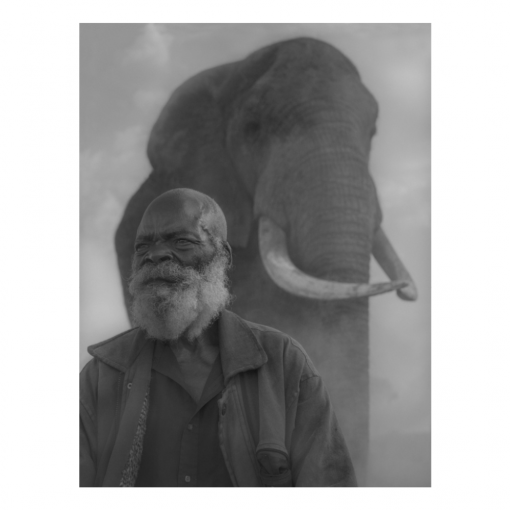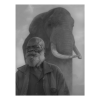JOHN AND MAK, KENIA
Nick Brandt4.500,00 €
John lives with his wife Margaret, and their nine grandchildren in central Zimbabwe,. They have a small farming plot. Like so many others there, the main challenge is not having access to water. The family walks two kilometers every day to collect water. And because of the prolonged droughts, their small farming plot remains unplanted. It has become difficult to feed everyone, so even in their old age, they survive by doing manual labor jobs.
A century ago, there was an estimated 10 million elephants stretched across the length and breadth of sub-Saharan Africa. Today, in 2021, there are, at best, 400,000 remaining in the wild, mainly due to poaching for their ivory.
Zimbabwe has the second highest population in Africa, perhaps 65,000 as of 2020. However, since 1965, the country has engaged in the periodic culling of elephant herds, families, and individuals, due to what is regarded as an excess population.
Once upon a time, there would have been no such thing as an “excess population,” because there would have been enough land for them to roam and migrate. But with habitat loss and destruction, and human encroachment, this forces elephants into the remaining uninhabited areas, resulting in severely damaged woodlands from overgrazing. And then the culling begins.
With climate change, the situation becomes much worse, as vegetation and woodland dies off and burns, and humans and wild animals search for what remains.
And so we come to Mak. It was 1986. Elephants were being culled in Gonarezhou National Park in Zimbabwe. Mak’s mother was one of those culled. Mak, a very young, and now traumatized calf, was rescued with three others. As he grew, he became too much for his carers. That was why he ended up at Imire when he was about five. (He was photographed here when about 35 years old). It took many years to gain his trust, but now once granted, it is there for life.
Into the future, the key is to create and conserve trans-African migratory corridors, to allow the elephants and other wildlife to migrate between countries.
Photographed at Imire Wildlife & Rhino Conservancy, Zimbabwe, November 2020
Other works from the artist
-
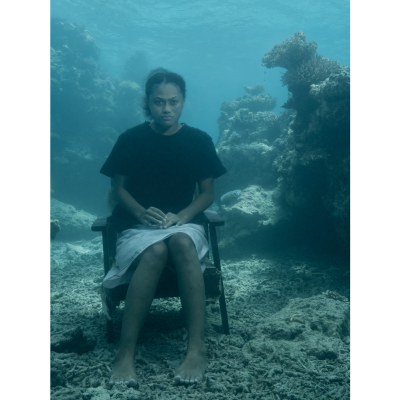
Akessa in Chair
7.800,00 € Nick Brandt Add to cart -
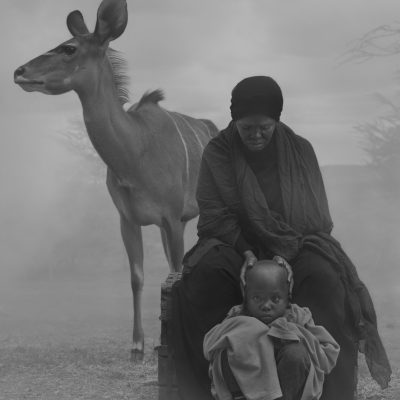
Halima, Abdul and Frida, Kenya
7.800,00 € Nick Brandt Add to cart -
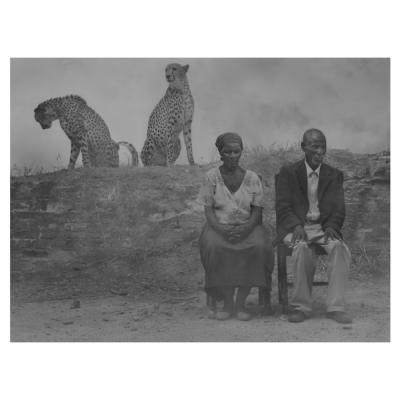
REGINA AND JACK, LEVI AND DIESEL, ZIMBABWE
7.800,00 € Nick Brandt Add to cart -
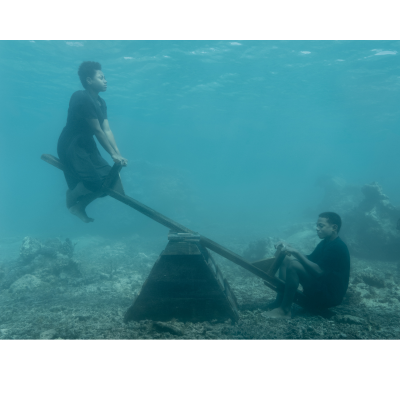
Onnie and Keanan on the Seesaw
11.500,00 € Nick Brandt Add to cart -
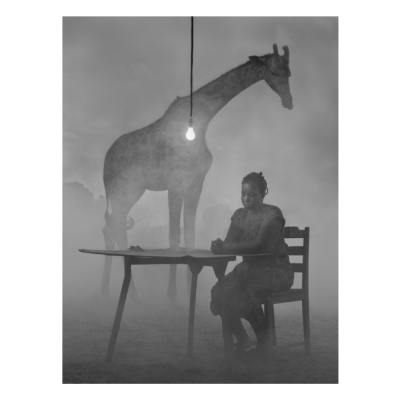
KUDA AND SKY I, ZIMBABWE
7.800,00 € Nick Brandt Add to cart -
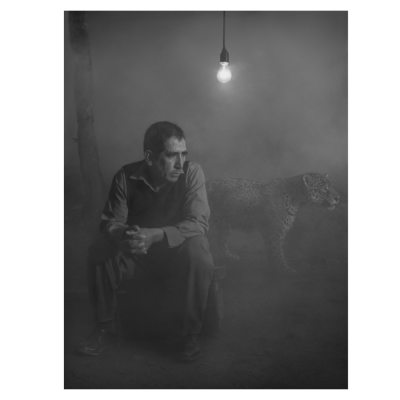
LUIS AND HERNAK, BOLIVIA
7.800,00 € Nick Brandt Add to cart -
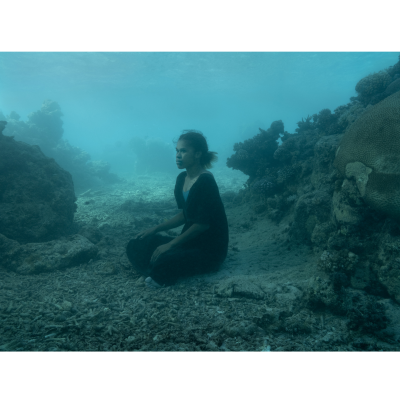
Maria by Reef
4.500,00 € Nick Brandt Add to cart -
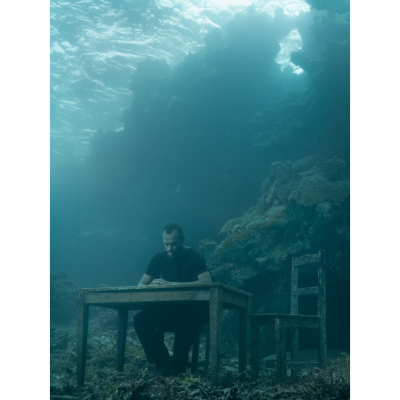
Qama by Cliff
4.500,00 € Nick Brandt Add to cart -
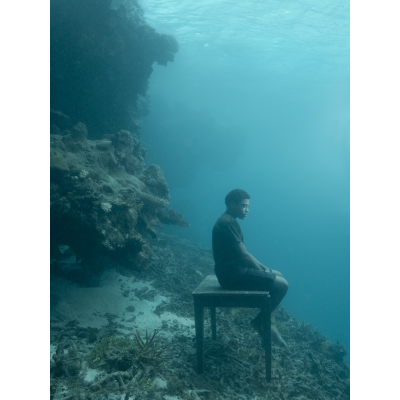
Petero by Cliff
11.500,00 € Nick Brandt Add to cart -

Paul
4.500,00 € Nick Brandt Add to cart -
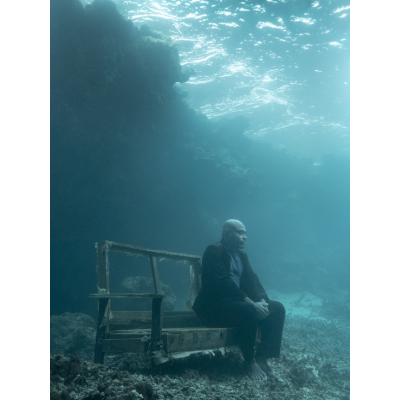
Joel by Cliff
7.800,00 € Nick Brandt Add to cart -
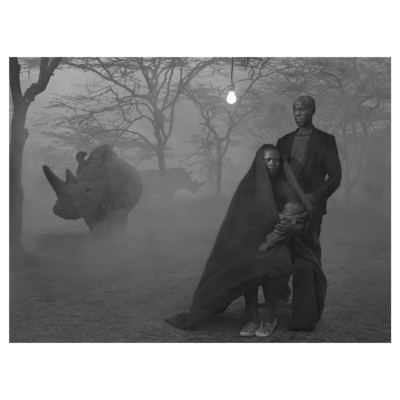
ALICE, STANLEY Y NAJIN, KENIA
11.500,00 € Nick Brandt Add to cart

